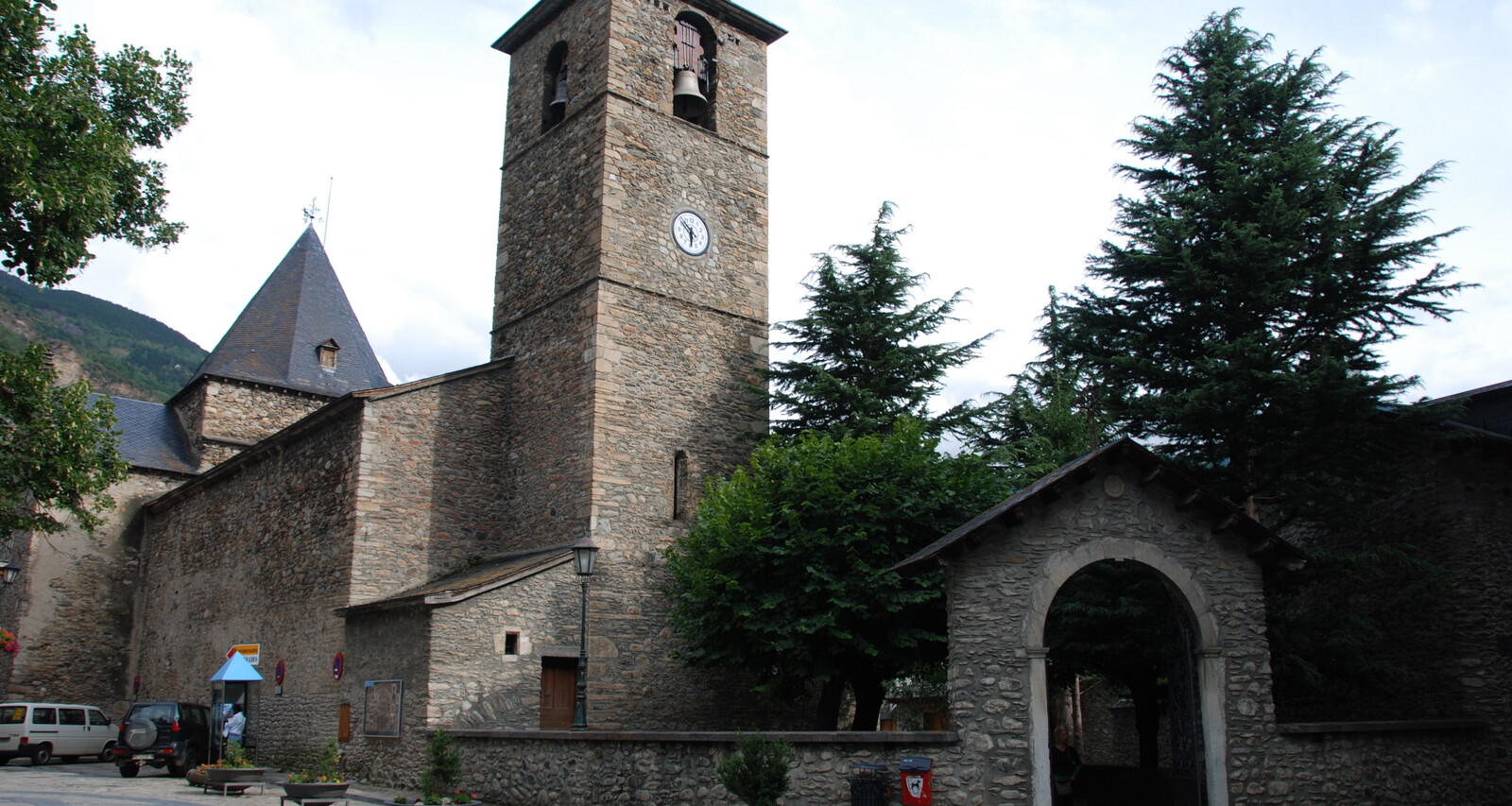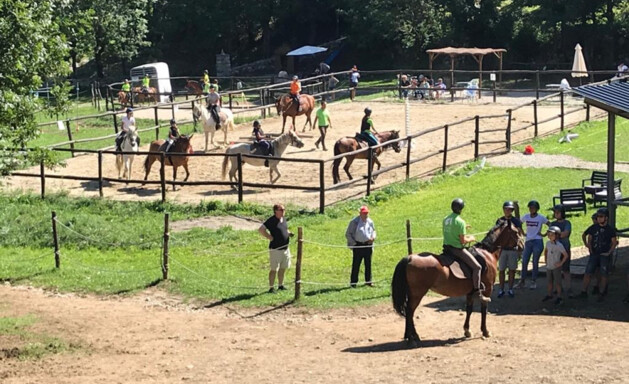Medieval architecture: 5 villages in the Aragonese Pyrenees you must visit
Discover five essential towns that will transport you back to the time when Romanesque art flourished in the Pyrenees.

Here are five must-visit destinations: Benasque, Anciles, El Run, Cerler and Sahún, which will transport us to a time when Romanesque art flourished in the Pyrenees and this region was a hub for important trade and pilgrimage routes.
Benasque, the nerve center of the Valley
The town of Benasque has a population of 2,362 inhabitants and is a famous tourist destination among nature and winter sports lovers. One of its main attractions is the Palace of the Counts of Ribagorza, a Renaissance stone building with elegant windows, whose facade features the busts of the counts who commissioned its construction.
Another notable monument in the town center is Casa Juste, a fortified house from the 16th century, classified as a Cultural Heritage Site. Its rectangular, crenellated tower, standing 18 meters high, is visible from many points in the town. In the Town Hall Square, you can also find the Church of Santa María la Mayor, dating back to the 11th century, though it has undergone numerous renovations over the years.
Just outside the town, on a rocky and steep hill, lie the ruins of Benasque Castle, built in the 16th century by order of King Philip II. According to preserved plans, it was a large fortress with a long and narrow layout of about 100 meters in length, of which only some foundations remain today.

Anciles: A Medieval Treasure on the Banks of the Ésera River
This small medieval village, with fewer than 30 inhabitants, is located just two kilometers from Benasque. Its town center is famous for its impressive manor houses, built in the 16th and 17th centuries by powerful valley ranchers as symbols of status and power. Among them are the houses of Barrau, Sebastián, Sort, Escuy, Mingot, and Suprián, the latter featuring a majestic four-sided tower.
These buildings have thick stone walls, arches, landscaped inner courtyards, and unique architectural details such as carved eaves and spike-shaped window bars. Some roofs have a stepped design, a distinctive feature of the valley's architecture. In the village center stands the Church of San Pedro Apóstol, of Romanesque origin, with Baroque decorative elements from the 18th century in its interior. Beyond its heritage, Anciles is also known for its beautiful natural surroundings, ideal for hiking and horseback riding.
El Run: monuments and natural landscapes
This small village of about 80 inhabitants is nestled in a breathtaking landscape near a vast forest. Its main attraction is the Chapel of the Virgin of Grace. Built in the 11th century at the initiative of the monks of Santa María de Lavaix, its architecture belongs to the Lombard Romanesque style, introduced to the valley by artisan workshops from Lombardy, Italy. This style can be appreciated in the chapel's beautiful Lombard arcades, twin windows, blind arches, and sawtooth frieze under the cornice.
On the way up to the chapel, it's worth stopping at the hostel square to see the Fountain of the Seven Spouts, a gushing spring whose icy waters come from underground galleries. In the center of El Run's town center stands the Church of San Aventín, which is also worth visiting.
Cerler: Romanesque art among mountains
This town is one of the highest in the Pyrenees, situated at an altitude of more than 1,540 meters, extending to the base of the Aramón Cerler ski resort, one of the most popular in the region. Its urban core revolves around the Church of San Lorenzo, with an old town preserving the architectural essence of the Benasque Valley, characterized by stone houses, ironwork, slate and wood.
Among its points of interest are the Chapel of San Pedro, located in the upper part of the village, offering a spectacular panoramic view, and Casa Cornel, one of the oldest buildings in the area. This house, now a picturesque hotel, dates back to the 12th century and maintains its original courtyard-house structure. Other examples of noble architecture include Casa Santamaría and Casa Antondós. It's also worth visiting the old washhouse, built in 1934 and now restored, which reminds us of its important social role in village life.
Near Cerler, you can also visit the remains of an old pyrite mining operation from the early 20th century.
Sahún: Between tradition and history
Located in the heart of the Benasque Valley, Sahún is one of the villages that best preserves the traditional architecture of the Pyrenees, with stone houses and large gateways. With a population of just over 300 inhabitants, one of its main points of interest is the Parish Church of San Juan Bautista, a 12th-century Romanesque church that underwent several Renaissance renovations in the 16th and 17th centuries.
Also worth mentioning is its 19th-century bell tower, proudly bearing a Latin inscription with the name of its builder: Lachintus Bardona Me Fecit. At the base of this tower, on the night of June 23, a bonfire is lit to ignite the Fallas, torches made from a hazel branch tied with birch bark. This pre-Christian festival is linked to the arrival of the summer solstice.
On one of the hills surrounding the village, you can also find the Sanctuary of Our Lady of Guayente. According to legend, a knight named Hernando de Azcón ordered its construction in 1070 after the Virgin appeared to him at the Roques Trencades. Built between the 12th and 16th centuries, the sanctuary consists of a priory residence and a church, with a delicate Renaissance altarpiece narrating the life of the Virgin preserved on its main altar.
A journey through the Romanesque of the Aragonese Pyrenees
Exploring the Romanesque heritage of the Pyrenees is not only an aesthetic pleasure but also a way to connect with the history and legacy of those who lived in these lands centuries ago. These five destinations offer a unique perspective on Romanesque art in the Aragonese Pyrenees, combining architecture, history, and natural surroundings.
For lovers of cultural tourism and historical heritage, these villages are a must-visit on any journey through the Pyrenean valleys. If you also want to explore the surrounding landscapes on one of our spectacular horseback riding routes, don't hesitate to contact Anima Equi.

